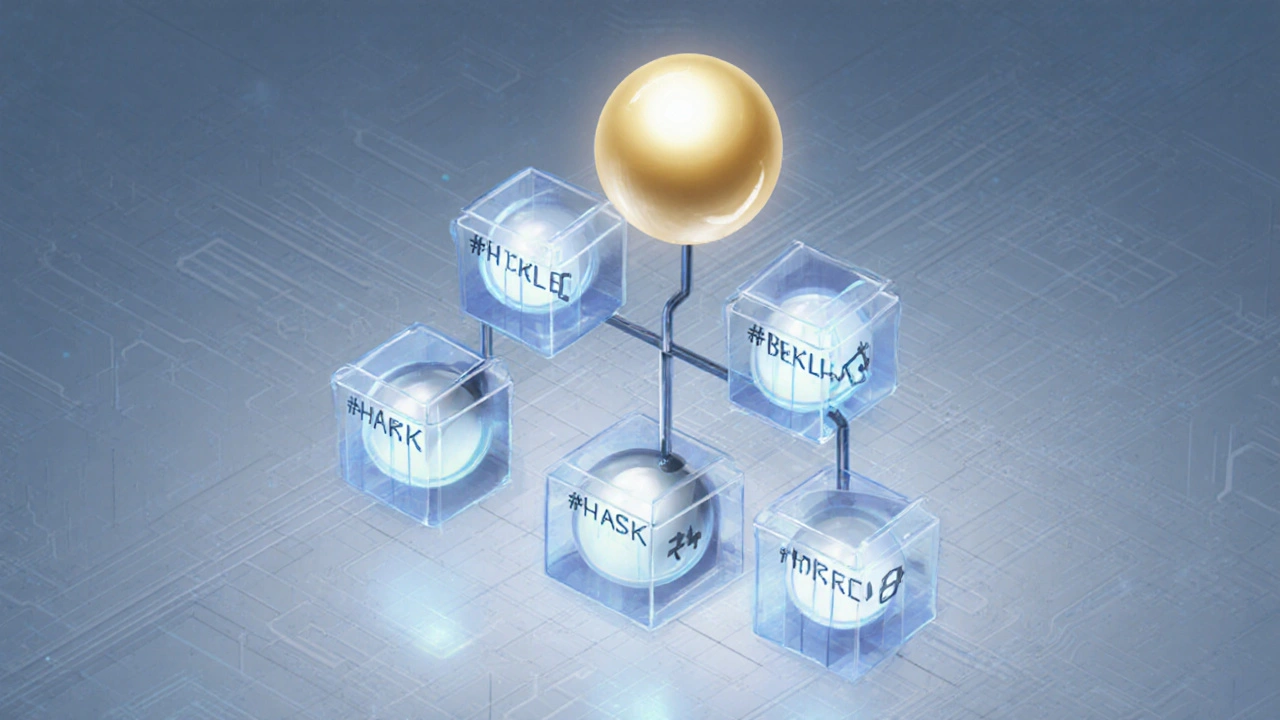Cryptographic Proof: Foundations, Types, and Real‑World Applications
When working with Cryptographic Proof, a mathematical method that lets you verify data without exposing the data itself. Also known as crypto proof, it underpins trust in digital systems. cryptographic proof comes in many flavors, but two stand out for everyday use. The first is Zero‑Knowledge Proof, a protocol that convinces a verifier that a statement is true while keeping the underlying information hidden. The second is Digital Signature, a cryptographic checksum that proves a message was created by a known sender and has not been altered. Both rely on Hash Function, a one‑way algorithm that turns any input into a fixed‑size string. In practice, you might use a zero‑knowledge proof to prove you own a certain amount of cryptocurrency without revealing the exact balance, while a digital signature secures an email from tampering. These tools together enable secure voting, private transactions, and identity verification without leaking personal data. By design, zero‑knowledge proof is a type of cryptographic proof, and digital signatures require hash functions – a clear semantic chain that connects the three entities.
Why Cryptographic Proof Matters in Modern Crypto
Blockchain security requires cryptographic proof at every layer. When you send a transaction, a digital signature proves you are the rightful owner, while a hash function links the new block to the previous one, creating an immutable chain. Cross‑chain bridges, which move assets between blockchains, depend on cryptographic proof to verify that the locked asset on the source chain truly exists before minting a wrapped version on the destination chain. This verification step prevents double‑spending and protects users from bridge hacks. Even meme coins, often dismissed as jokes, need cryptographic proof to prove token supply, ownership, and transaction history; otherwise, anyone could create a counterfeit version and erode trust. The interplay looks like this: Cryptographic proof enables blockchain security, blockchain security supports cross‑chain bridges, and cross‑chain bridges protect meme coin ecosystems. Recent high‑profile bridge attacks showed that weak proof mechanisms can lead to massive losses, highlighting why robust zero‑knowledge protocols and strong digital signatures are non‑negotiable. Understanding these connections helps you evaluate a project's technical credibility before investing or using its services.
Now that you know the basic building blocks—zero‑knowledge proofs, digital signatures, hash functions—and how they weave together to secure blockchain, bridges, and even meme tokens, you’re ready to dive deeper. Below you’ll find articles that walk through cross‑chain bridge mechanics, explain meme coin risks, and explore practical steps to verify cryptographic claims in the wild. Use this knowledge to spot solid projects, avoid scams, and appreciate the behind‑the‑scenes math that makes digital trust possible.

Understanding How Merkle Proofs Work: A Practical Guide
Learn how Merkle proofs work, from building a Merkle tree to verifying inclusion proofs in blockchains, with code examples and practical tips.
Read More